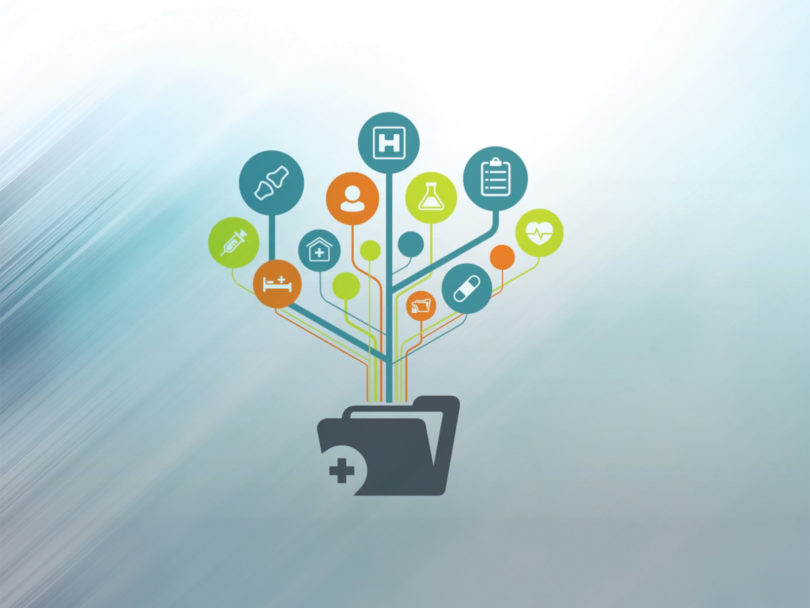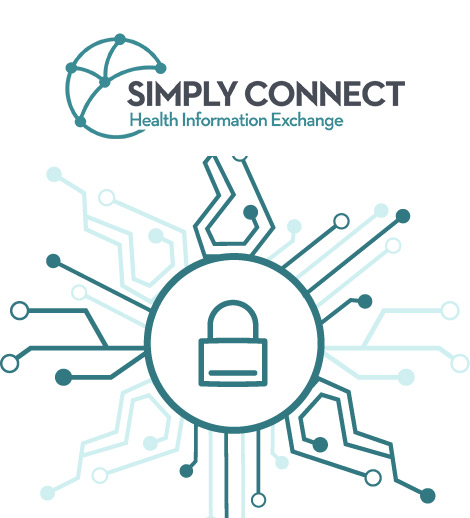According to Nate Tyler, COO of Simply Connect, a Minnetonka, MN – based Health Information Exchange (HIE) software brand, medication errors rack up a cost of $290 billion each year for the health care industry.
Long gone are the days of file cabinets overflowing with medical forms, of misplaced papers and of folders bursting with paperwork. Electronic Health Information Exchanges (HIEs) have taken over hospital networks as efficient, valuable means of recording and sharing patient information.
The benefits of HIEs are obvious—to have the entirety of a patient’s medical information in one system, accessible by any health care professional in a hospital’s network, not only saves time, but also significantly reduces the chance of medical errors. Among the largest of these medical errors, accounting for 10 percent of the total cost of care in the United States, is lack of medication adherence. According to Nate Tyler, Chief Operating Officer of Simply Connect, a Minnetonka, Minn.-based HIE software brand, medication errors rack up a cost of $290 billion each year for the health care industry.
“A lot of people would be surprised to learn that if adverse drug interactions were a disease, it would be one of the leading causes of death in the country,” Tyler explains. “Medication adherence is a huge problem in the health care system, and to provide a solution to this problem is significant. We have the ability to see not only what has been prescribed, but also what has been filled and dispensed by the pharmacy. We can help identify drug seekers and assist in preventing redundant prescriptions. It’s a large issue to tackle, but as an industry we are making progress by identifying and reducing deaths caused by polypharmacy, non-adherence and drug seeking.”
Software like Simply Connect can see if a patient has filled multiple prescriptions from multiple doctors at multiple pharmacies. From there, health care professionals can take action to resolve issues caused by this sort of situation – from advising the patient of adverse drug interactions to stopping a prescription from being filled if it already had been elsewhere. That’s just one example. When used to its potential, an HIE can reduce costs and avoid myriad medical errors. Using an HIE means everything relating to a patient is found in one place, from the patient’s family medical history to insurance policy numbers, from emergency contacts to medication usage. Complete information means reduced chances of the following medical mistakes:
ADMINISTERING THE WRONG MEDICATION OR DOSAGE TO A PATIENT
Medical professionals work long hours and, because they’re human, they get tired. No one can blame the night shift nurse for being a little bleary-eyed toward the end of the night, but a little sleep deprivation is never an excuse for giving a patient the wrong medication or even the wrong dosage. Nor is it for a pharmacist filling a prescription. Unfortunately, this does happen, and it can be a serious problem. With electronic HIEs, there’s never any guesswork deciphering illegible handwriting or estimating the time medication was last administered. HIEs make it easy to share patients’ personal health data, including current and past medications, with health care professionals and pharmacies.
ACCIDENTALLY SHARING SENSITIVE MEDICAL INFORMATION WITH UNAUTHORIZED PEOPLE
Although Health Insurance Portability and Accountability Act (HIPAA) guidelines exist for very important reasons, paperwork sometimes falls through the cracks or gets misread. With electronic communication systems, an HIE tells health care professionals exactly who information can be shared with. HIE systems know whether patients are comfortable with the doctor leaving a message on an answering machine, or if they’d prefer to speak with the doctor directly. These systems store emergency contacts and the names of anyone permitted to receive private patient information, eliminating confusion.
MISPLACED TEST RESULTS
No one likes the waiting game, particularly when it comes to finding out potentially life-altering test results. Whether it’s a diagnosis or simply blood work results, we’ve all been there, hoping for confirmation that we’re healthy. Even if you know you’re healthy, there’s something comforting about a medical professional confirming the fact. But what about waiting days with no communication from the doctor’s office? How many of us have also been there? It’s happened before, a nurse making phone call after phone call to tell people their test results reaches for something on her desk and knocks a page from the pile onto the floor and out of sight. With HIEs, patients are able to access their personal health data electronically. Once test and lab results are analyzed and approved by the doctor, they are uploaded and can be viewed online.
MISINFORMED PHYSICIANS
We all know our physicians see multiple patients each day, maybe even several an hour, but it’s still nice to be treated like their top priority when they enter the exam room. It’s obvious when a physician has just glanced at a patient’s chart rather than really reviewing it before entering the room. One benefit to an electronic HIE is the ability to access patients’ medical histories and current health data on the spot, without having to waste valuable time digging through piles of paperwork to find pertinent patient information. This ensures that no matter how busy a physician may be, they have quick, easy access to their next patient’s information. In this day and age most exam rooms are equipped with computers, so if something does need to be confirmed by a physician, it can be done on the spot.
MEDICATIONS AND LABS
In a busy hospital, non-emergency needs can fall by the wayside. Health care professionals attending to multiple patients sometimes need to be reminded which medications or labs a patient needs and when. Once an admitted patient’s medication needs are input into the system, HIE software knows exactly how frequently they should be receiving their medications and can alert nurses if a dosage is overdue. The same concept holds true for lab work, scans and other testing.








